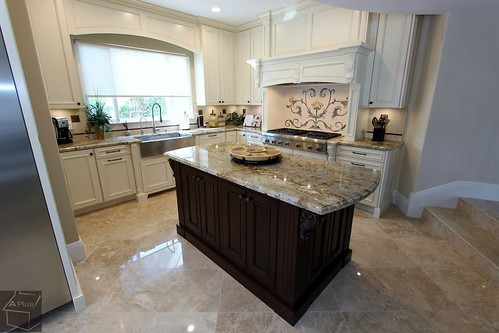 Designing homes in 3D is a innovative approach to visualizing and planning a homes layout, interior, and exterior features in a three-dimensional format. This method has transformed the way homeowners, architects, and designers conceptualize spaces, offering an immersive, realistic view of a project before construction or renovation begins.
Designing homes in 3D is a innovative approach to visualizing and planning a homes layout, interior, and exterior features in a three-dimensional format. This method has transformed the way homeowners, architects, and designers conceptualize spaces, offering an immersive, realistic view of a project before construction or renovation begins.
One of just click the up coming post key advantages of 3D home design is its ability to provide a detailed, detailed visualization of a space. Unlike traditional blueprints or 2D sketches, 3D design allows users to “explore” a virtual representation of their future home. This enables them to see how different design elementssuch as furniture placement, color schemes, lighting, and textureswill appear and combine in real life. It also helps homeowners in making informed decisions, as they can see what works and what doesnt before any physical changes are made.
Another significant benefit is the possibility to make rapid adjustments. In a 3D model, changing aspects like the layout, materials, or design features can be done easily, saving time and reducing costly mistakes during construction. For instance, if a homeowner wants to try different paint colors or flooring options, they can do so digitally, ensuring that they make the best choices for their design goals and financial plan.
3D home design also improves communication between clients and professionals. Architects, interior designers, and contractors can present their ideas more effectively, ensuring that everyone involved has a shared understanding of the projects goals. This collaborative approach helps to reduce confusion and enhances the overall project outcome.
In summary, 3D home design is a effective tool that turns concepts into reality, offering a realistic, detailed, and interactive way to plan and visualize homes, ensuring precision and satisfaction in the final result.
